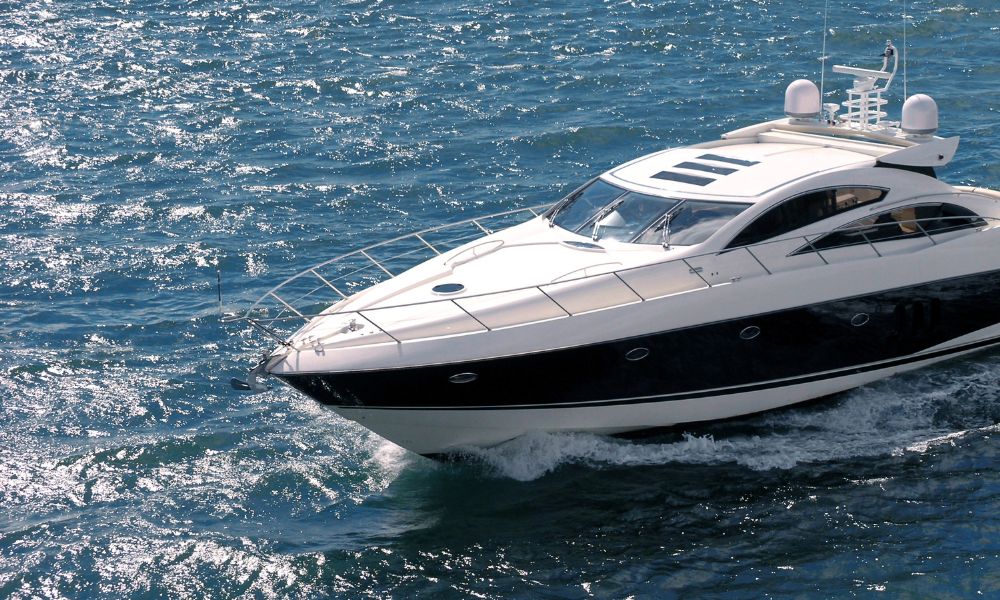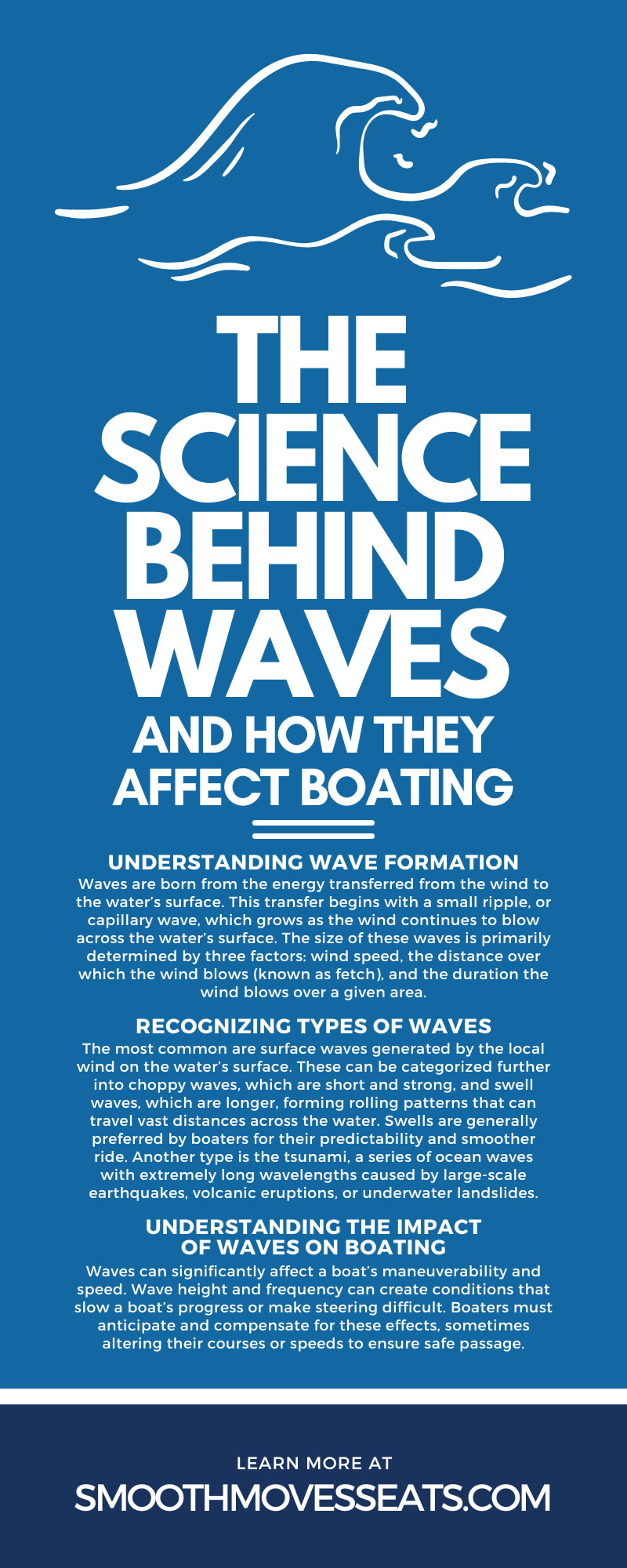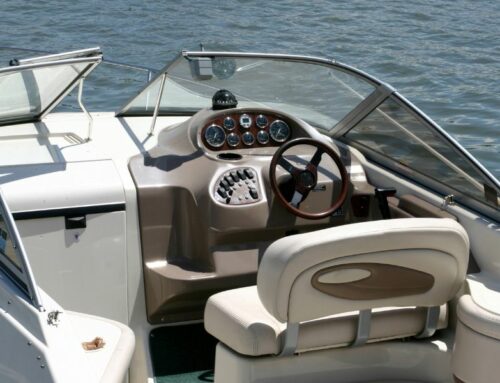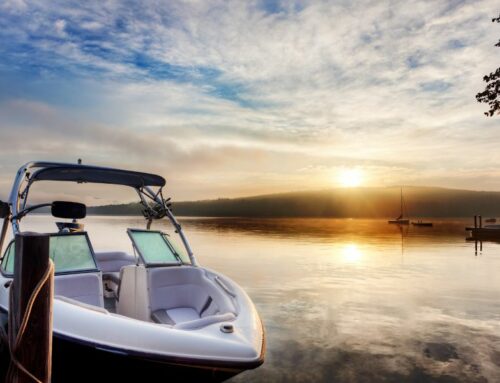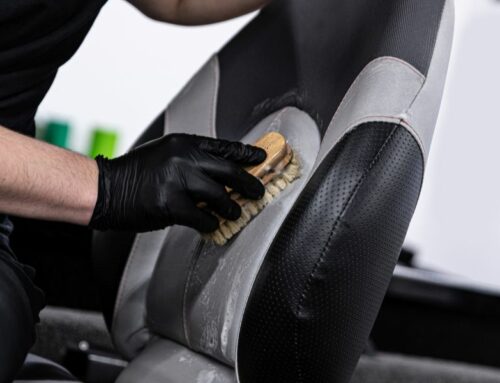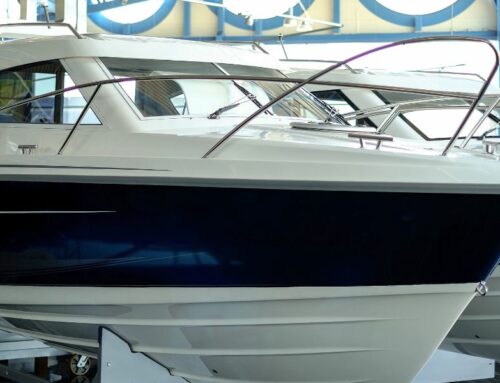Boating is not just a recreational activity; it’s a dance with the waves, a harmony of water and wind, and an intricate navigation of a world sculpted by unseen forces. For a boating enthusiast, understanding the science behind waves and how they affect boating is more than just an academic pursuit—it’s a crucial piece of knowledge that enhances safety, performance, and enjoyment out on the water.
Understanding Wave Formation
Waves are born from the energy transferred from the wind to the water’s surface. This transfer begins with a small ripple, or capillary wave, which grows as the wind continues to blow across the water’s surface. The size of these waves is primarily determined by three factors: wind speed, the distance over which the wind blows (known as fetch), and the duration the wind blows over a given area. As the wind persists, the waves gain energy and increase in size and speed, transforming into the swells and crests familiar to mariners and surfers alike.
Once these waves are set in motion, gravity acts as the restoring force, attempting to bring the water surface back to its calm state, while the inertia of the moving water overshoots this equilibrium. The interplay between the gravitational force and the wave’s inertia causes oscillatory motions in particles within the water. Interestingly, the water particles themselves do not travel with the wave but move in a circular orbit, returning to roughly their original position after the wave has passed, conveying energy across the water while the water stays in place. Other factors that influence wave formation include:
- Wind speed and consistency
- Size of the water body
- Local topography
- Gravitational pull from celestial bodies (i.e., the moon)
Recognizing Types of Waves
Understanding the different types of waves is fundamental for safe and effective boating. The most common are surface waves generated by the local wind on the water’s surface. These can be categorized further into choppy waves, which are short and strong, and swell waves, which are longer, forming rolling patterns that can travel vast distances across the water. Swells are generally preferred by boaters for their predictability and smoother ride. Another type is the tsunami, a series of ocean waves with extremely long wavelengths caused by large-scale earthquakes, volcanic eruptions, or underwater landslides. Tsunamis can travel across entire ocean basins and can be devastating when they reach shorelines.
In addition to these natural waves, there are artificial waves, often found near shipping lanes and created by the passage of large vessels. Wake waves result from water displacement by a ship’s hull, leading to a series of waves that trail behind the moving vessel. These can be particularly hazardous for smaller boats due to their unexpected nature and varying sizes. Despite their name, tidal waves are not actually waves but are the rise and fall of sea levels caused by the gravitational pull of the moon and the sun. Though not waves in the traditional sense, understanding tides is crucial for navigation and safety in boating, especially when docking or anchoring.
Understanding the Impact of Waves on Boating
Wave conditions can heavily influence the success of boating, and savvy boaters must pay close attention to the nature of the waves they encounter. The impact can be profound, starting with the physical toll on the vessel. High waves exert considerable force, strain a boat’s hull, and can potentially cause damage if the boat is not built to withstand such challenges.
Waves can also significantly affect a boat’s maneuverability and speed. Wave height and frequency can create conditions that slow a boat’s progress or make steering difficult. Boaters must anticipate and compensate for these effects, sometimes altering their courses or speeds to ensure safe passage. Operating in high waves requires skill and experience, as incorrect handling can lead to broaching, which turns a boat sideways to the waves to a point where it can be overtaken by them, potentially leading to capsizing.
Navigationally, waves influence boating by dictating which routes are safest and most efficient to travel. Skippers must carefully plan their routes to avoid hazardous wave conditions or to use favorable waves to assist their voyages. For instance, following a swell can help a boat maintain a steadier pace, but constantly counteracting against cross waves can be fuel-inefficient and tiring for the crew. Moreover, waves can hide obstacles in the water or alter the perceived depth, posing additional risks, especially in coastal and shallow waters.
Examining the Impact of Waves on Our Bodies
Boating can be physically and mentally taxing due to the constant undulation of waves. The body’s balancing system is pushed to the limit when the horizon shifts, leading to disorientation and seasickness. Waves can also cause passengers and crew to be thrown overboard, resulting in serious injuries. The continuous motion of the water requires constant muscular adjustments to maintain posture, leading to fatigue.
Prolonged exposure to wave-induced motion can increase the risk of injuries, particularly in rough water conditions. Maintaining balance on a tossing deck requires effort from stabilizing muscles, leading to repetitive stress injuries over time. The high impacts generated by a boat slamming into waves can cause bruising or more severe internal injuries. Mental fatigue also accumulates in rough conditions as the crew must remain vigilant and responsive to the dynamic environment. Understanding these impacts is important to prevent bodily harm and undue stress while boating.
Combating Waves With Seating Upgrades
By incorporating shock-absorbing seats or suspension seating systems, you can effectively reduce the physical impact of rough seas. These upgrades, tailored for marine environments, offer adjustable tension and height, ensuring that passengers can brace against waves while preserving their balance and comfort. Adjustments are quick and intuitive, enabling a responsive setup as sea conditions dictate. Furthermore, ergonomic designs that support the natural curvature of the spine are instrumental in preventing fatigue and injury over prolonged voyages. With seating innovations focused on dampening the harshness of the water’s rhythms, boaters stand better equipped to weather the challenges posed by the ever-dynamic seascape, ultimately enhancing the overall boating experience.
Embarking on a nautical journey with a deep understanding of the science behind waves and their impact on boating transforms a mere outing into a masterclass in navigation and comfort. Enhance your boating adventures further by browsing our quality selection of marine seat suspension products here at Smooth Moves!



